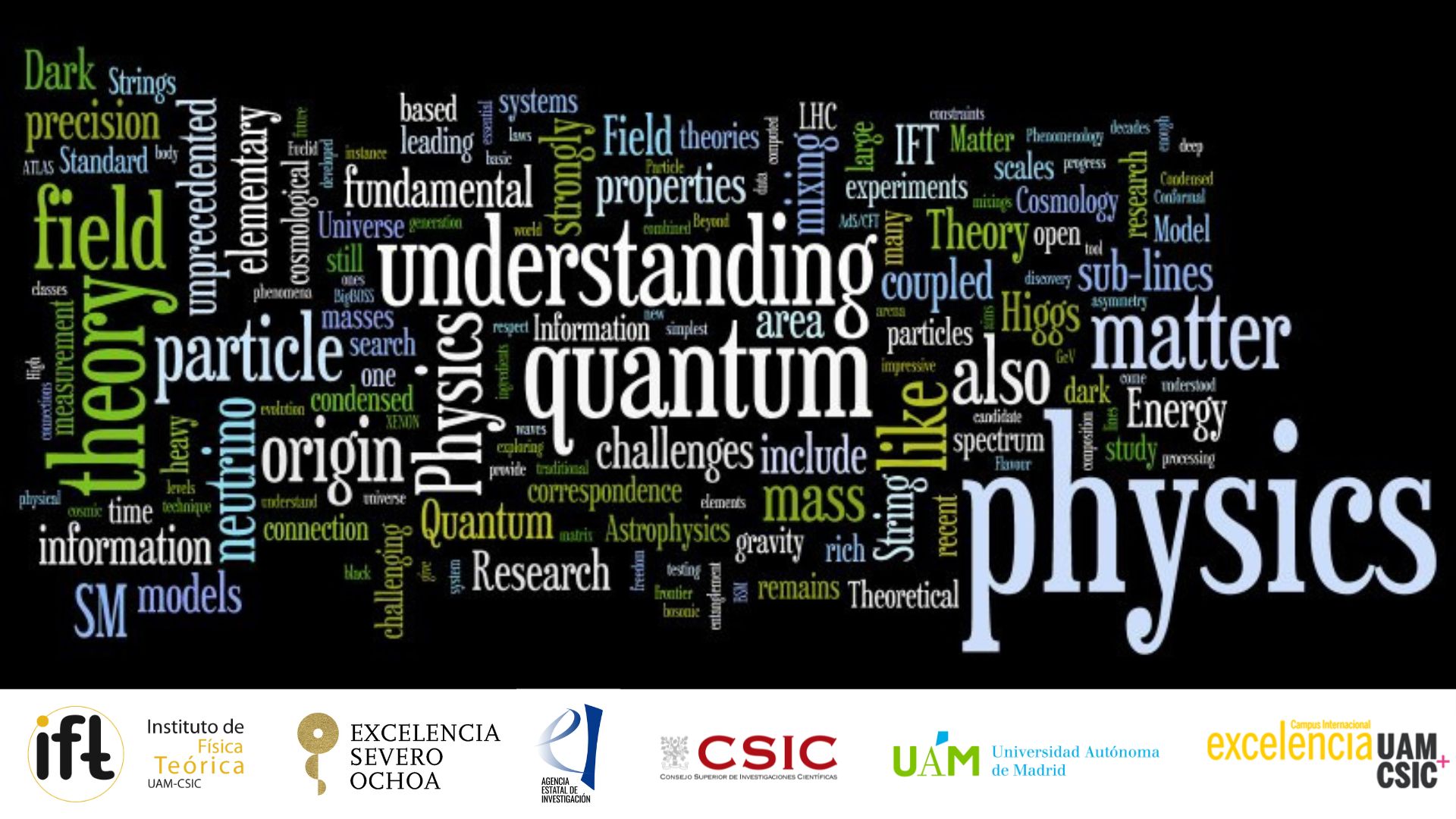Centro de Excelencia Severo Ochoa
Menú
Buscar

IFT Seminar Room/Red Room
The Hungarian physicist Eugene Wigner introduced random matrix models in physics to describe the energy spectra of atomic nuclei. As such, the main goal of Random Matrix Theory (RMT) has been to derive the eigenvalue statistics of matrices drawn from a given distribution. The Wigner approach gives powerful insights into the properties of complex, chaotic systems in thermal equilibrium. Another Hungarian, Cornelius Lanczos, suggested a method of reducing the dynamics of any quantum system to a one-dimensional chain by tridiagonalizing the Hamiltonian relative to a given initial state. In the resulting matrix, the diagonal and off-diagonal Lanczos coefficients control transition amplitudes between elements of a distinguished basis of states. This method suggests a computable notion of complexity which we describe in detail. We then connect the Wigner/Lanczos approaches by analyzing RMT in time-dependent scenarios. This is first accomplished by numerically studying time-evolved thermofield double states in chaotic systems, where our complexity measure shows parallel regimes as the Spectral Form Factor in RMT. Secondly, to approach these problems analytically, we initiate a novel approach to Random Matrix Theory based on matrix tridiagonzalition, deriving the statistics of the tridiagonal matrix elements.
Social media